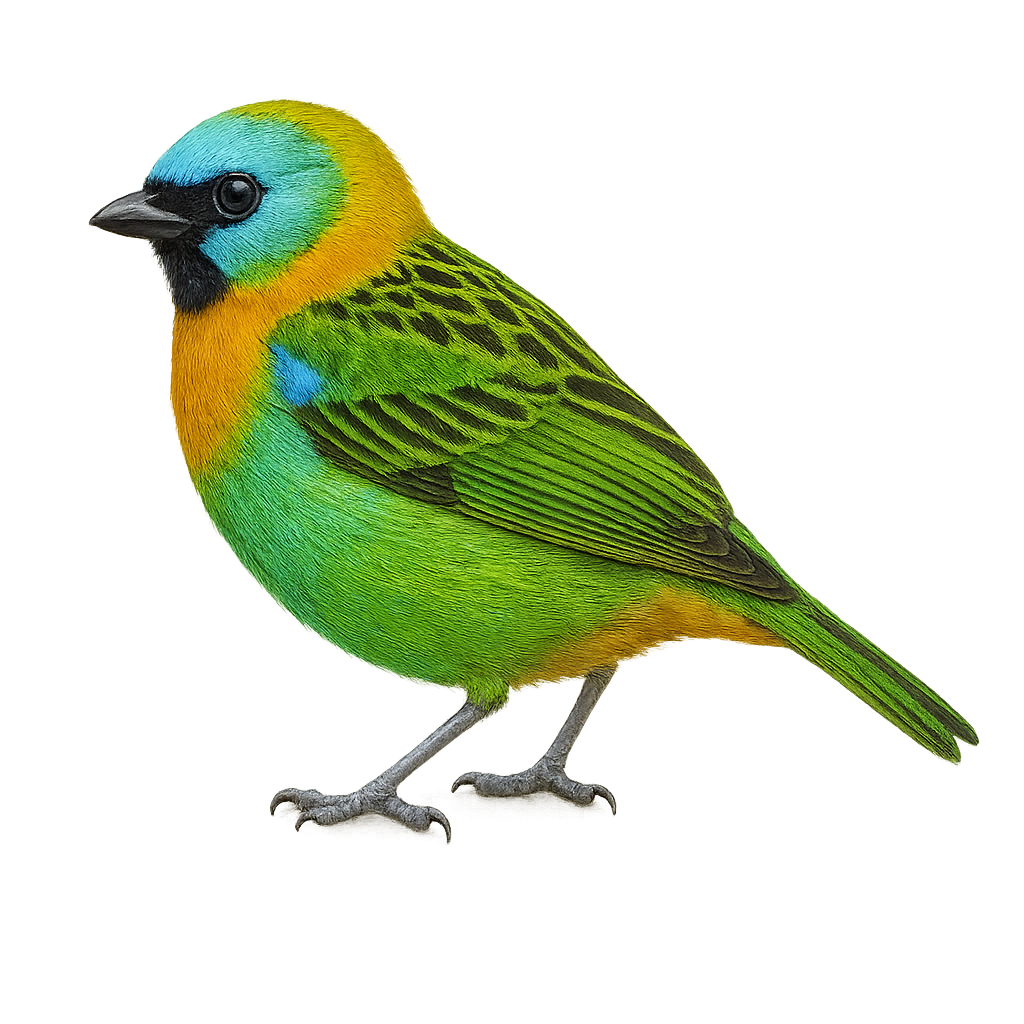Your wildlife photography guide.
Explore the red-headed tanager in detail, study its behavior, prepare your shots.
Where to observe and photograph the red-headed tanager in the wild
Learn where and when to spot the red-headed tanager in the wild, how to identify the species based on distinctive features, and what natural environments it inhabits. The WildlifePhotographer app offers tailored photography tips that reflect the red-headed tanager’s behavior, helping you capture better wildlife images. Explore the full species profile for key information including description, habitat, active periods, and approach techniques.
Red-headed Tanager
Scientific name: Tangara desmaresti

IUCN Status: Least Concern
Family: THRAUPIDAE
Group: Birds
Sensitivity to human approach: Suspicious
Minimum approach distance: 10 m
Courtship display: October to November
Incubation: 13-15 jours
Hatchings: October to December
Habitat:
Humid tropical forests, forest edges, plantations
Activity period :
Primarily active during the day, with peak activity in the morning and late afternoon.
Identification and description:
The Red-headed Tanager is a colorful and fascinating bird native to the tropical forests of South America. It is easily recognizable by its bright red head contrasting with its green and blue body. This bird measures about 14 cm in length and primarily feeds on fruits, insects, and nectar. It lives in small groups and is often observed in the canopy of humid forests. Although its habitat is threatened by deforestation, it remains relatively common in some areas. Its melodious song and lively nature make it a favorite subject for ornithologists and nature photographers.
Recommended lens:
400 mm – adjust based on distance, desired framing (portrait or habitat), and approach conditions.
Photography tips:
To photograph the Red-headed Tanager, it is advisable to use a telephoto lens of at least 400mm to capture precise details without disturbing the bird. Look for it in the canopy of tropical forests where it is often active. The natural light of the morning or afternoon is ideal to highlight the bright colors of its plumage. Be patient and discreet to avoid scaring it away, and use a tripod to stabilize your camera during prolonged shots.
The WildlifePhotographer App is coming soon!
Be the first to explore the best nature spots, track rutting seasons, log your observations, and observe more wildlife.
Already 1 431 wildlife lovers subscribed worldwide

